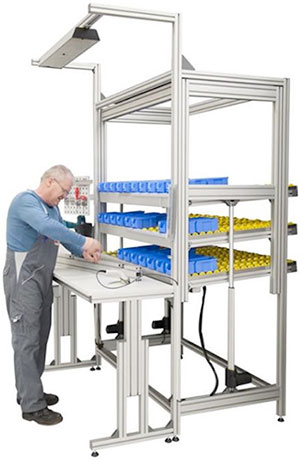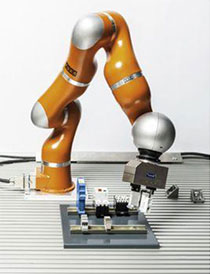

Sheet metal assemblies may be divided into four categories.
1. Large Size Assemblies
Sequence of Assembly
Large-sized assemblies call for a stationary job and moving tools and personnel around the job. In large assemblies once assembled, removal of parts after a while is a difficult and tedious task. Therefore sequencing of assembly procedures and identification tags for parts is very important. Jigs and Fixtures, Sequence of assembly, Access to men is of prime importance. Periodic quality checks are essential in order to avoid reworks which is expensive and time-consuming.
Large assemblies are generally custom design-oriented, one-off builds, or in low quantities.
Sheet Sizes

(Image source)
Design should take into account available sheet sizes when large parts are involved. It is necessary to split a large-sized part into modular sub-assemblies for easier fabrication as well for easy integration to the main assembly.
Where large plain areas in an inexpensive product are involved, it is appropriate to consider natural stiffening by way of a bend against warping.
Human Factors

Design should keep in mind convenience in assembly and reach. The acts of reaching a location, the ease of looking at a location are important. The use of scaffoldings, work platforms may be considered for easy assembly.
If the job has to be mobile, Palettes with wheels are helpful in moving the job from one station to another.
Further, in large assemblies, it is necessary to provide lifting eyebolts at the top of the product to enable lifting by cranes.
Robotic Assembly

Robotic assembly in the continuous production of products such as automobiles may be of use in reducing human errors and fatigue. Because sheet metal offers extremely close tolerances in production, it is easier to adapt robotic assembly methods in moving apart with close tolerances.
2. Medium Size Assemblies
Workstations

Proper Workstation design is important for the assembly of products. Workplace design has a bearing on the productivity of workers. Optimal placement of tools, fixtures, and parts integrating human factors in work station design within the available space are the key factors.
Medium-sized assemblies call for moving the job from one workstation to another station in stages. Each station will attend to a particular sequence of assembly. Each station will have its dedicated jigs and fixtures and tools for assembly. Quality checks are carried out as required after a few stations.
Access
Product design should keep in mind access to assembly areas at the workstation level. Blind spots, uncomfortable reaches should be avoided. It will be useful to minimize the variety of fasteners to save on inventory costs as well as part counts.
Small size assemblies call for specialized handling tools. When scaling down the products and parts, it is rather difficult to realize when the limitations in comfortable manual handling of parts and components. It may be necessary to have mechanical arms; grippers etc., to move the parts into close proximity of the assembly person’s vision and reach. Human sight resolution is important. In electronic assemblies in particular there will be requirements of anti-static mats, gloves, and even ionized air.

A typical watch part may involve a sheet metal part less than say 5 mm in size. A fixing screw can be as small as M 0.8mm. These require special attention in terms of assembly tooling and techniques. Workstation’s micro assemblies call for bright lighting and viewing aids like magnifying glasses, computer monitors.

Robotic assembly techniques are increasingly becoming important in micro-assembly methods. Unlike human hands, robots use suction pads, grippers, claws, etc., for this purpose. It is, therefore necessary to design the component for assembly to facilitate robotic use.
 (
( (
(